The Dewatering Screen may have started in the coal industry, but it has really found a home in the aggregate world. Since being introduced to the North American market in the late 1970s, the Dewatering Screen has become the go-to piece of equipment for the economical removal of water from sand. Here are eight reasons why Dewatering Screens play such a large role in the production of clean aggregate material.
Let’s take a closer look at sand dewatering equipment, some of the most compelling benefits, and a few of the key attributes you should know. By the end, you’ll be on your way to becoming a dewatering screen expert.
How Does a Dewatering Screen Work?
The dewatering screen design is relatively simple. The majority of dewatering screen systems utilize two counter-rotating vibrating motors, while some utilize twin eccentric shafts. At the same time, other types of dewatering screens employ multiple mechanical exciters on larger machines that are mounted on a stressed relieved bridge. The drive component is typically set up with an inclined deck that may be set anywhere from three to five degrees. Here’s how dewatering screens work to reduce the water content of slurries:
1.The slurry of water and solids is sent down a declined, steeply screened surface to achieve rapid drainage.
2.When the slurry passes over the screens, water is drained from the mixture and creates a pool in the valley.
3.As the slurry moves through the system, it is taken back up an incline. The screens continuously vibrate throughout the process to help additional water separate from the solution.
4.An uphill slope of the screen surface can be combined with a discharge w eir to create a deep bed that functions as a filter medium. This allows for even finer solids to be screened out.
5.If you would like an even more refined, cleaner product, you can use a rinsing station along the pathway. The sand dewatering equipment can remove the water used for rinsing just as it separates the water from the slurry.
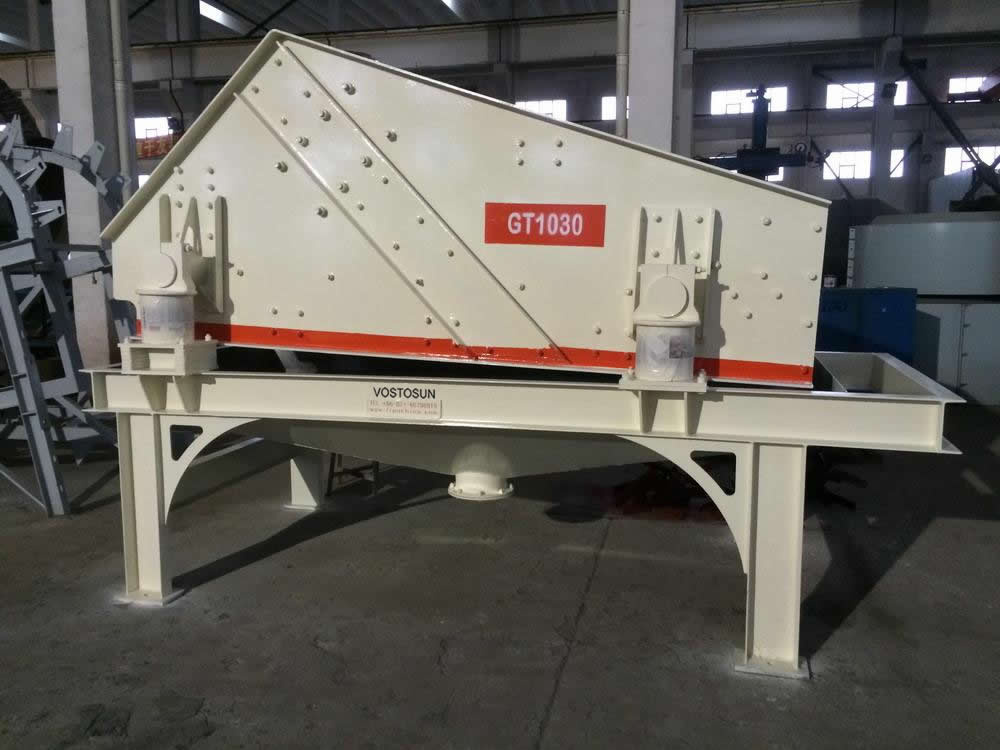
What Are the Benefits Dewatering Equipment?
Adding dewatering equipment can effectively remove moisture from the final product and capture tiny particles in the wastewater, resulting in drier material. In addition, the removed water can be efficiently recycled back through the manufacturing or processing plant. No matter the industry, the overarching goal of dewatering screens is to deliver the cleanest possible filtrate and driest possible solids.
In addition to creating a drier material, using dewatering equipment offers a range of other benefits. For starters, dewatered material is much easier to handle and can lead to cost savings in transportation.
Material that is dewatered also reduces the drying time of the stockpile, which can free up valuable space at your facility. In some instances, dewatering equipment can reduce or outright eliminate the need for a settling pond. Sand dewatering equipment can lower the amount of material designed for a settling pond.
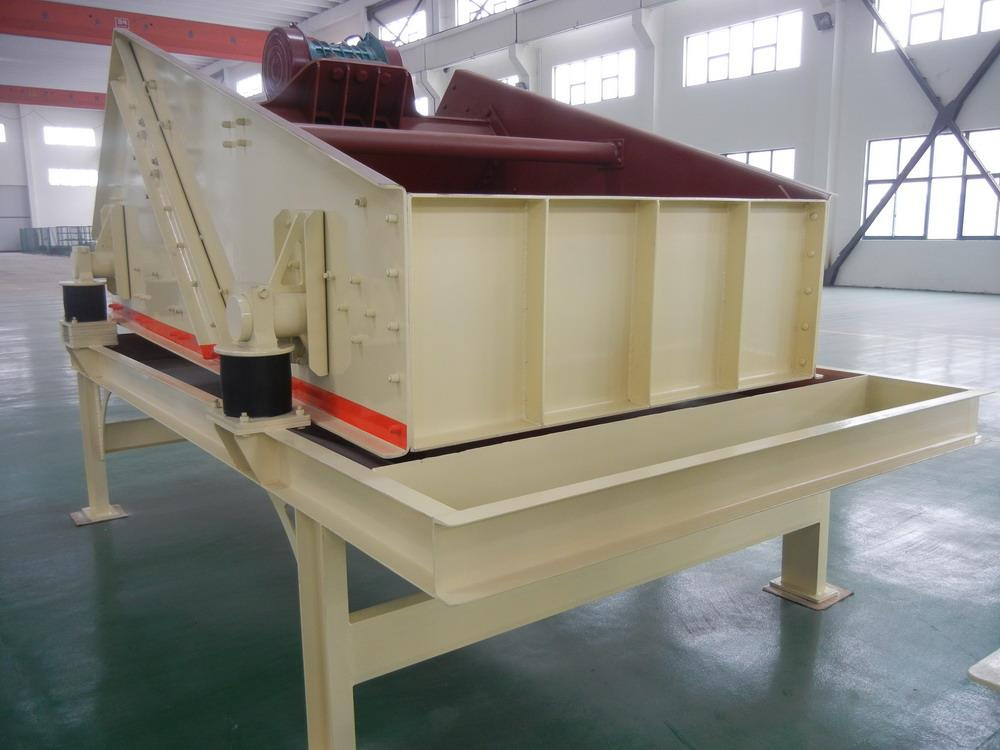
Working Environment
The dewatering screen design and dewatering screen sizing can both vary based on the working environment. For example, you should take into account whether the working environment is dusty, wet, dry or has needs for fire resistance or explosion proof elements.
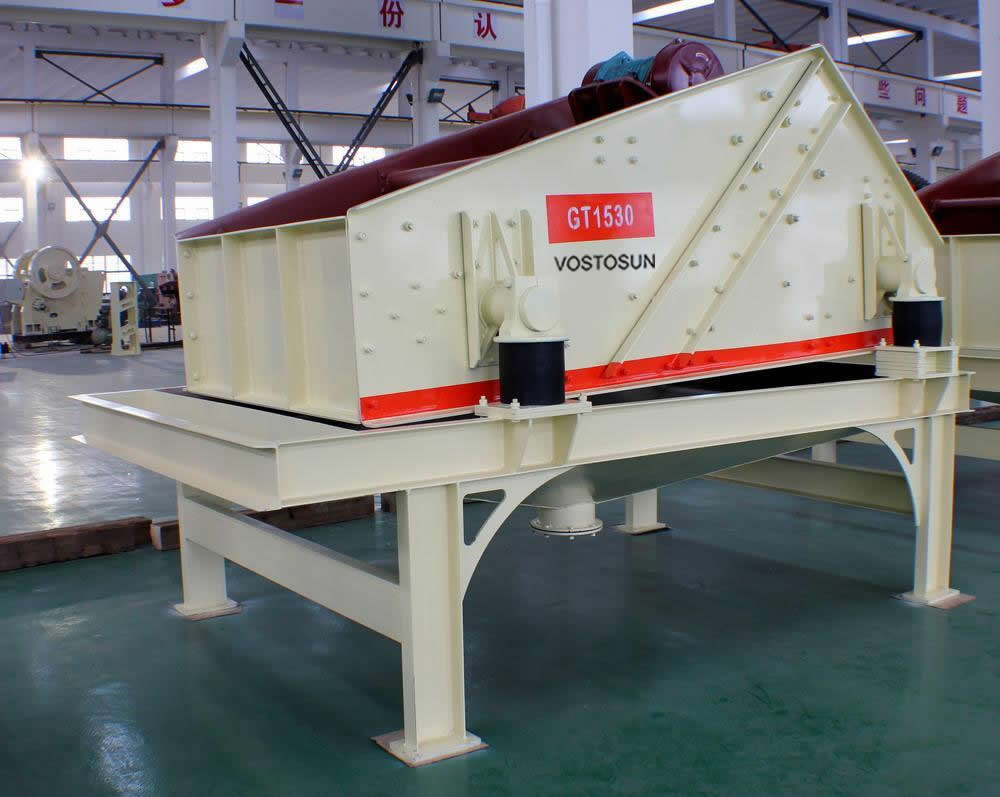
8 Reasons To Use A Dewatering Screen In Your Application
1. Produce a drier material
Several pieces of equipment are used to reduce moisture content in sand. A Separator™ or siphon-assisted Hydrocyclone produces an underflow material that is in the range of 22-35% moisture. The material can be stacked on a drainage field or discharged to a Dewatering Screen for additional moisture removal. Discharging the material directly onto a conveyor belt usually creates a housekeeping issue due to the remaining free water.
A Fine Material Screw Washer produces a discharge with a moisture content of 15–30%. While the product can discharge onto a conveyor directly, material can cling to the belt and create a significant housekeeping issue.
The Dewatering Screen achieves 8-20% moisture, depending on the physical characteristics of the material. Despite the range of retained moisture, the Dewatering Screen discharge is classified as drip-free and can be easily conveyed, loaded into a truck or placed in a bin.
When feeding dryers, putting material on conveyors, loading trucks or discharging to other equipment that requires the lowest percent moisture, a Dewatering Screen is a low-cost solution.
Check out this case study to see how Dewatering Screens are helping Kilgore Companies increase their product yield by producing a sand that is 85% solids.
2. Can handle multiple products
The use of longitudinal dividers allow as many as three products to be dewatered on one screen. Many applications feature a two-stream process where a fine stream and a coarse stream can be kept separate or blended to create specialty products. Utilizing one Dewatering Screen for multiple products reduces the overall footprint of equipment and can lower both capital and operating costs.
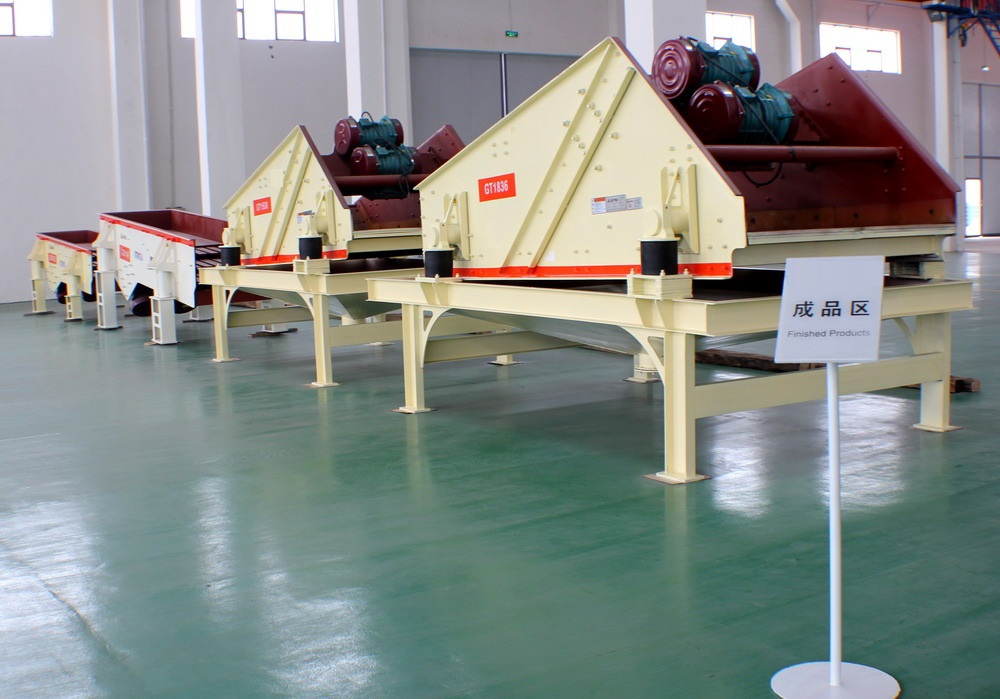
3. Integrate with surrounding equipment
Dewatering Screens fit well into many applications to yield a drier product, capture ultra-fine material or allow better control in the process.
WASH PLANT
The combination of a Hydrocyclone or Separator™ with a Dewatering Screen creates a wash system with a higher level of efficency and yield with a drier product. The screen underflow can be recirculated back into the Hydrocyclone feed for recovery or removed as undesired.
ULTRA FINES RECOVERY PLANT
Generally, a screen is set up to make a classification based on the media openings. When trying to capture material that would normally pass through the media, a Dewatering Screen can be used in combination with a Hydrocyclone to recover ultra-fine material before it goes to a settling pond. Even though some of the fines will pass through the screen media, they will remain in the system. The Hydrocyclone overflow is the only exit point for the fine material, and it is operated at a high pressure to retain the material.
FEED PREPARATION FOR DOWNSTREAM EQUIPMENT
Equipment such as Attrition Scrubbers will not operate at optimal levels when the material is too wet. A Dewatering Screen will produce a predictable moisture, which will allow better control in the process. The material can be adjusted to the correct percent moisture through the addition of water at a controlled rate.
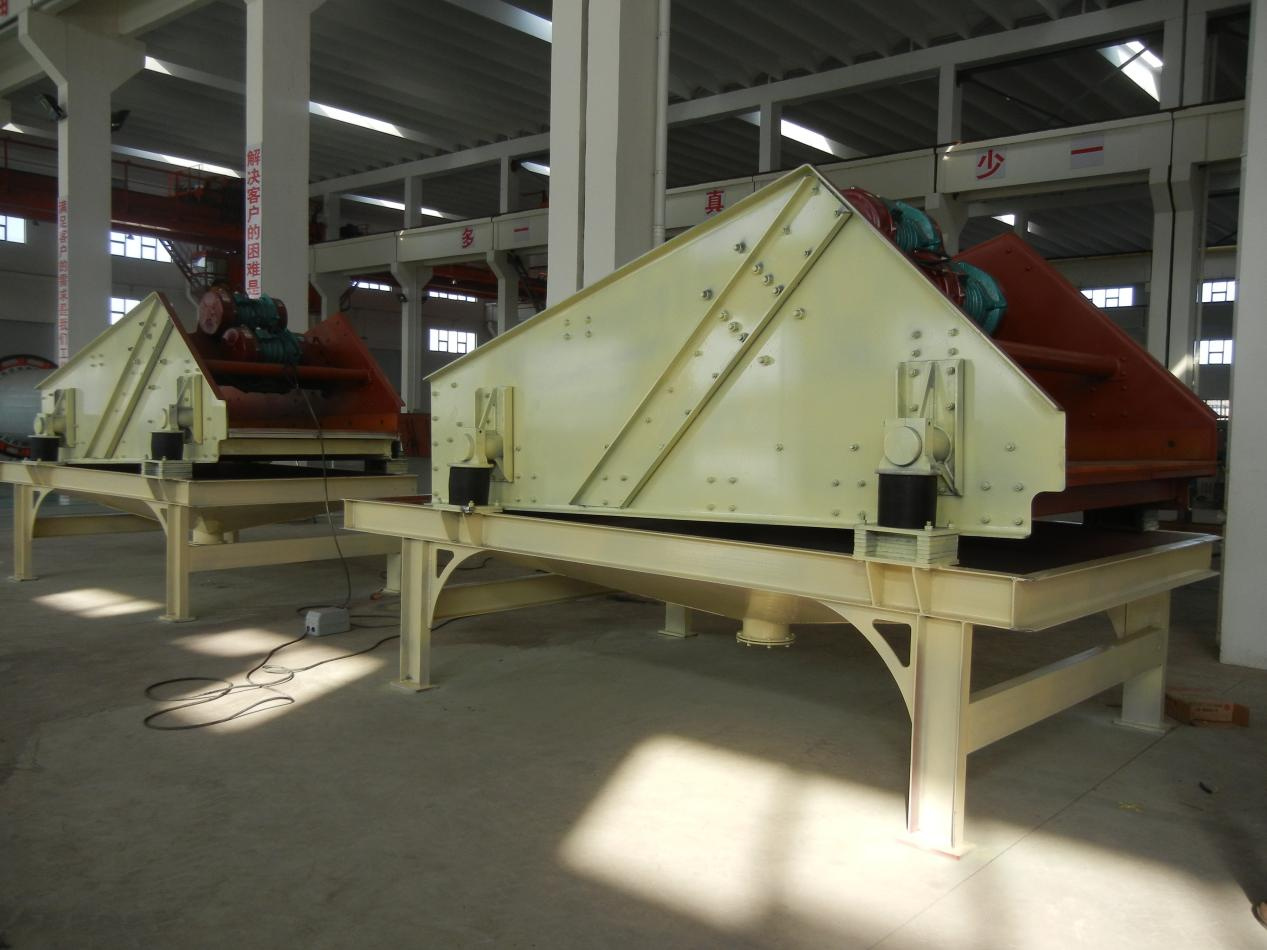
4. Usable with a wide range of size gradations
Since the main purpose of a Dewatering Screen is to reduce the percent moisture in material, it can handle a wide range of particle sizes. From as large as 0.5” down to 400 mesh fines, a Dewatering Screen can be configured to handle the material in the size that is needed. Because the Dewatering Screen is designed to blind off the media openings, material that would normal pass through is retained while the water flows through. Especially when used in combination with a Hydrocyclone or Separator™, a Dewatering Screen is extremely effective in retaining material and producing a dry product.
5. Media can be adjusted to make sizing cuts
A Dewatering Screen is specifically set up to blind the screen media in order to retain material to the overs and allow the water to report to the unders. With this mind, it is still a screen, and the media can be adjusted to perform the sharp size classification for which screens are known. The inclined discharge continues to promote the removal of water from the material. The media does not have to be continuous in purpose. One section can be configured for size classification, while others are configured for the dewatering requirement. Spray water can be used to increase the size classification efficiency, like with other wet screens.
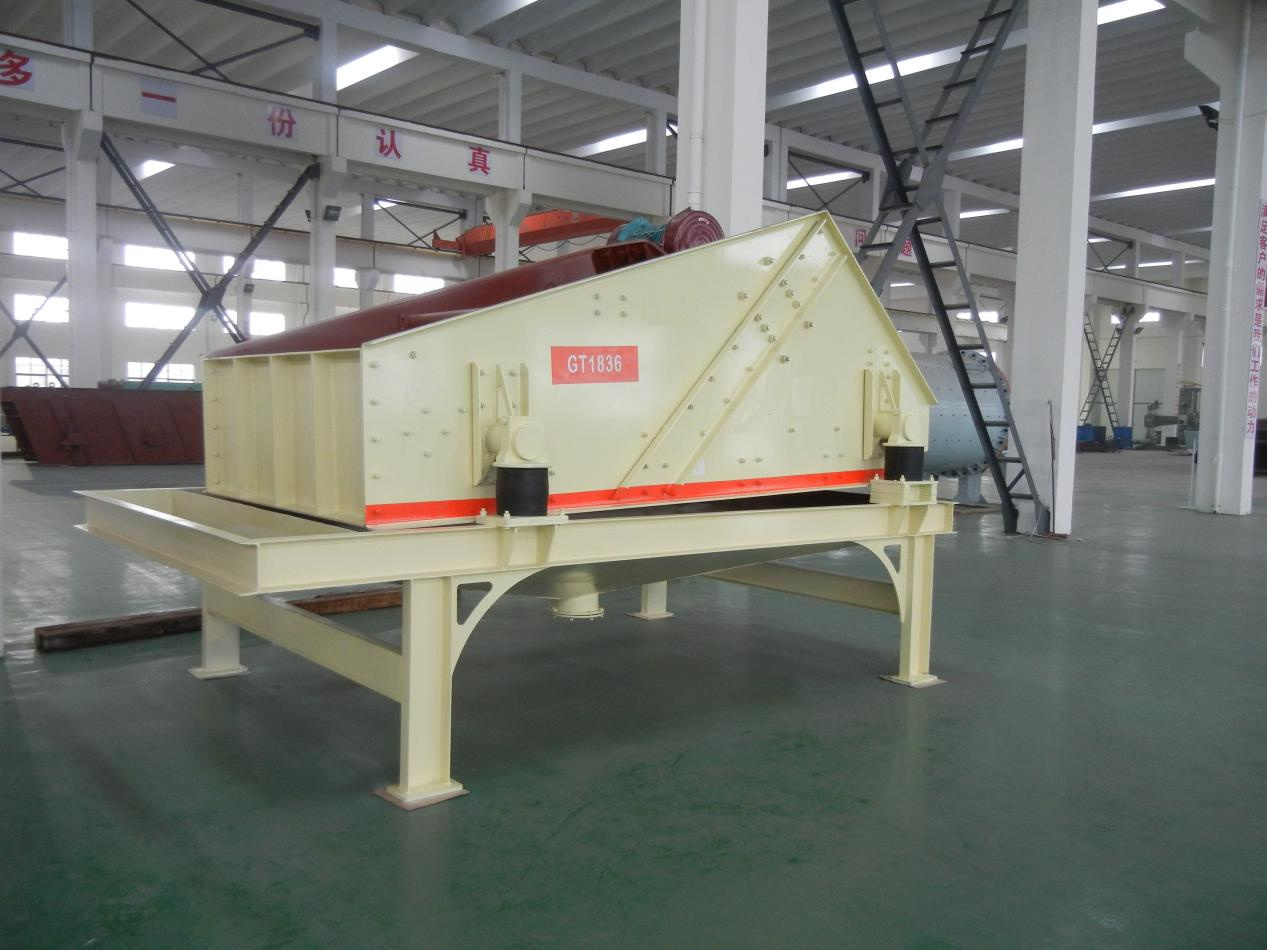
6. The addition of spray water will remove fines from the product
While it is preferable to address fines removal upstream in the process, there are situations when fines remain in the product. Adding water to a Dewatering Screen may seem like a counterproductive approach, but it can have a significant impact on removing the unwanted fines. The media will retain the desired material, while the fines will travel with the water and report to the underflow of the screen. The amount of water and the location it is added will have an impact on the effect, but generally speaking, water is added at the feed end.
7. Low horsepower
Fitted with two vibrating motors or a single motor to drive exciters, Dewatering Screens utilize significantly lower total horsepower for similar capacity equipment. With the recommended percent moisture in the feed of 50% or higher, a Dewatering Screen can accept a variety of feed sources. Under some circumstances, the feed can go below 50 percent solids, but it can affect the final product dryness or the total capacity. When the feed is too high in water content, it may require additional equipment, such as a Hydrocyclone, to decrease the percent moisture prior to introducing the material to the Dewatering Screen.
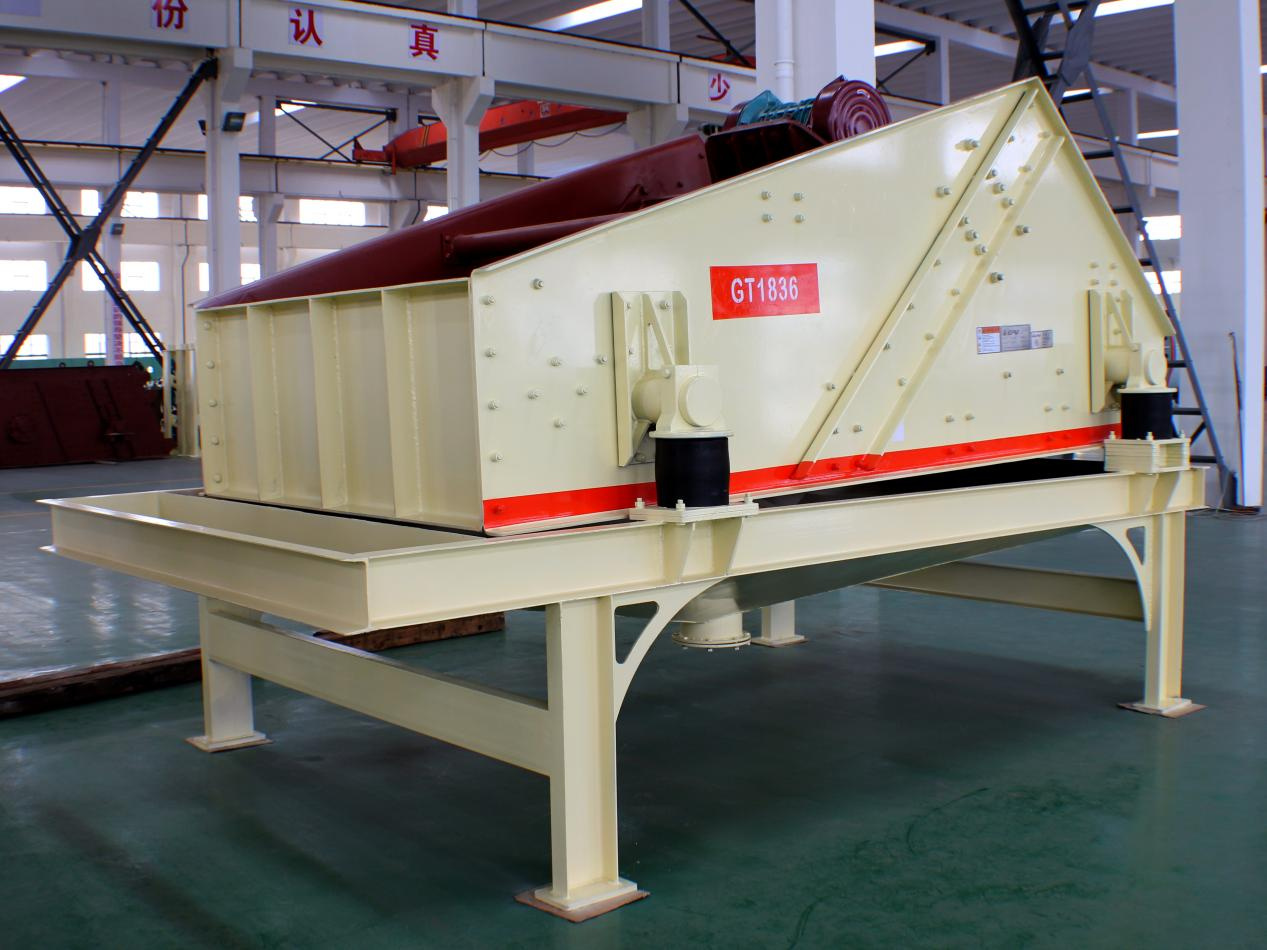
8. Low maintenance
The screen media and springs/buffers are the main items that will need replaced. These items, along with the sideliners and discharge lip, are the only wear parts, and they all have a long lifespan. Motors and structural components are designed for heavy-duty applications and have a low rate of failure.
For these eight reasons, a Dewatering Screen can be a welcome addition to an aggregate plant when looking remove moisture and improve housekeeping.
Post time: May-17-2024

